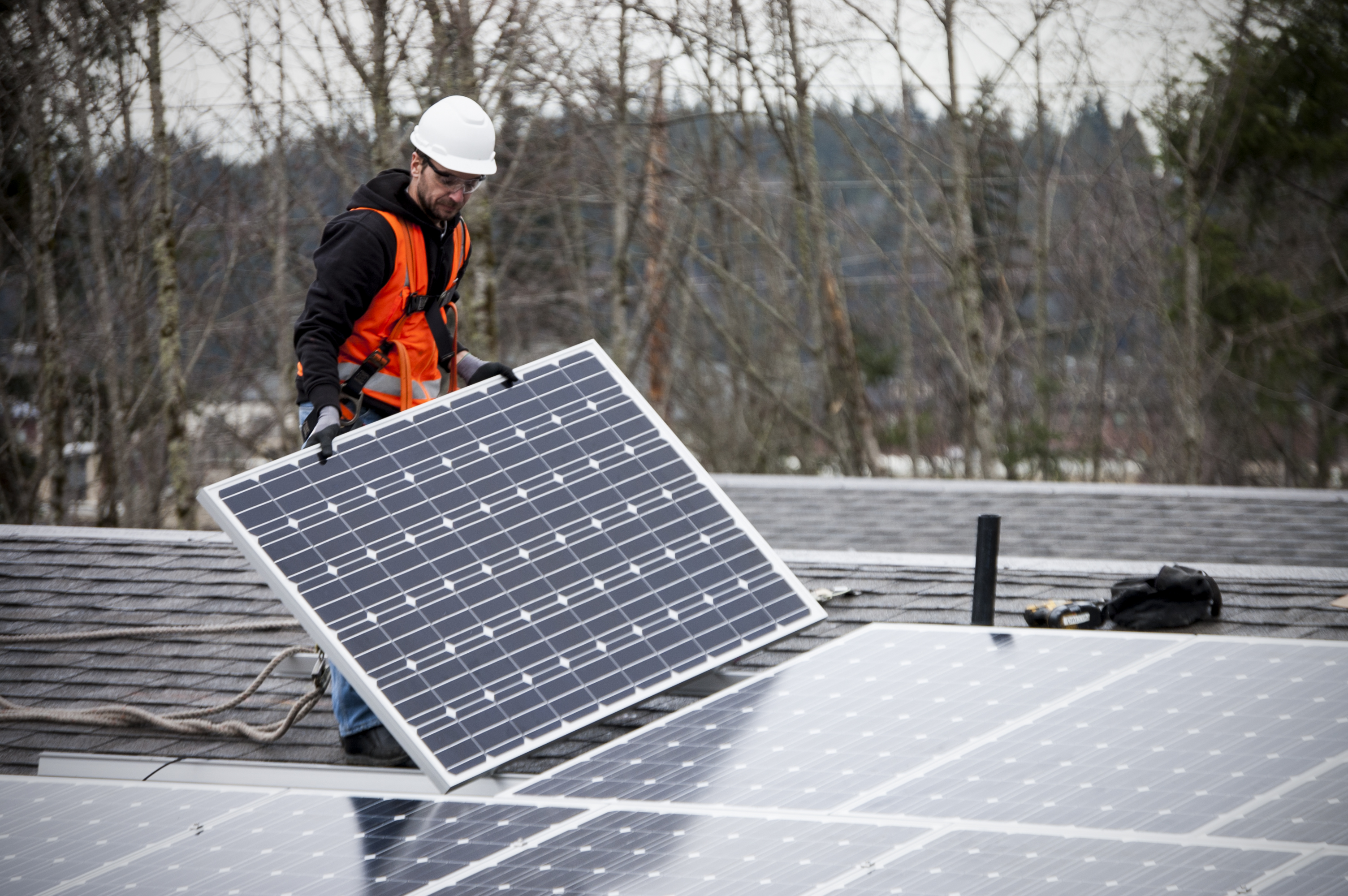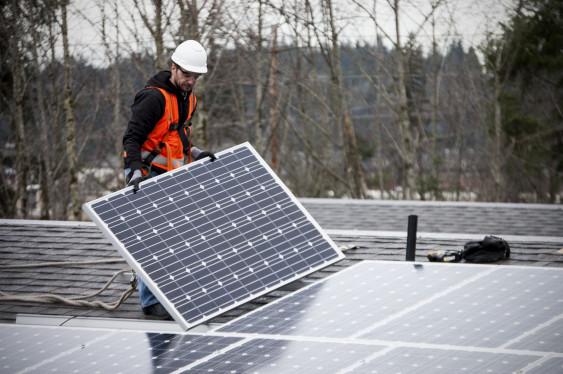Cap-and-trade systems have quickly surfaced as the focus of climate policy discussions across the country. President Obama has made it clear that establishing a bold cap-and-trade program is a priority. The House of Representatives passed the American Clean Energy and Security Act H.R. 2454 (Waxman-Markey), and the Kerry-Lieberman American Power Act was recently introduced in the Senate.
If we create the right kind of system, Sightline’s cap and trade primer argues, we can not only get off the fossil-fuels roller coaster, but speed the transition to a clean energy economy that puts the interest of people before interests of polluters.
Sightline’s Cap and Trade 101 explains what cap and trade is, how it works, and how it can protect families across the country. The primer also highlights current action in Congress and provides the framework to size up climate bills to ensure they’re effective, efficient, and fair.
Looking for Sightline’s latest climate work?
Take advantage of our free daily, weekly, or monthly emails.
Also available:
- Cap & Trade 101: Executive Summary
- Green-Collar Jobs: Realizing the Promise
- Things I Love–and Hate–About Waxman-Markey
- Climate Fairness Blog Series
Included in Cap and Trade 101:
What is Cap and Trade?
In short, the “cap” is a legal limit on the quantity of greenhouse gases that a region can emit each year and “trade” means that companies may swap among themselves the permission – or permits – to emit greenhouse gases.
Cap and trade commits us to responsible limits on global warming emissions and gradually steps down those limits over time. Setting commonsense rules, cap and trade sparks the competitiveness and ingenuity of the marketplace to reduce emissions as smoothly, efficiently, and cost-effectively as possible.
What Makes Cap and Trade Work Best?
- Comprehensive scope: The cap covers all measurable emissions of greenhouse gases to ensure an efficient, economy-wide transition away from carbon-based fuels.
- Upstream regulation: The system operates where fossil fuels enter the economy. Upstream regulation means that fewer than one-tenth of one percent of businesses interact with the system
- Auctioned permits: To prevent unfair windfall profits for big energy companies at the expense of consumers, pollution permits should be sold at public auctions, not given away for free to polluters.
- Limited offsets: Offsets offer an alternative to carbon permits for meeting cap-and-trade coals. Offsets can be an effective part of climate policy if they are strictly limited, well-defined, and closely regulated.
- Auction revenues protect in-state families: Revenues should go, first and foremost, to compensate families for the burden of expensive energy.
Why Not Give Away Permits?
Put simply, giving away free permits is the worst program design for consumers. Cap and trade puts the same price on climate pollution whether the permits are given away or auctioned. The only difference—an extraordinarily important one—is who gets the extra money that consumers are paying for energy: fossil-fuel companies or families and communities?
Giving away permits is just like handing out money, taking billions of dollars out of the pockets of energy consumers and handing them to energy companies. But if polluters have to pay for permits, the money can be returned directly to families or invested in clean technology, energy efficiency, and green-collar jobs.
What’s Going on Now?
The American Clean Energy and Security Act (also known as the Waxman-Markey bill, for its principle sponsors, or HR 2454) passed through the House in June 2009, and the Senate has pledged action on climate and energy legislation before the end of the year. The House bill would cap carbon emissions at 17 percent below 2005 levels by 2020, gradually lowering the cap to 83 percent below 2005 levels by 2050.
The House climate and energy bill gets high marks on three of the five criteria above. It offers a comprehensive cap, operates upstream, and has built-in protections for energy consumers. However, the bill allows for substantial use of offsets and only auctions 15 percent of permits in the initial years (ramping up to 70 percent auctions by 2030). Still, as compromised as are some of its provisions, it remains a giant leap toward a clean energy economy.
Find our quick analysis of Waxman-Markey here.
Sightline’s cap-and-trade primer also includes sections on:
- How to evaluate the efficiency, effectiveness, and fairness of a cap-and-trade system
- What about offsets?
- Is the system easily gamed?
- What happens to energy prices?
- Carbon tax vs. cap and trade?
- How to build in protections for energy consumers.
Find our latest carbon pricing research here.
Sightline’s Cap and Trade 101 is written by Sightline executive director Alan Durning, with Anna Fahey, Eric de Place, Lisa Stiffler, and Clark Williams-Derry.








